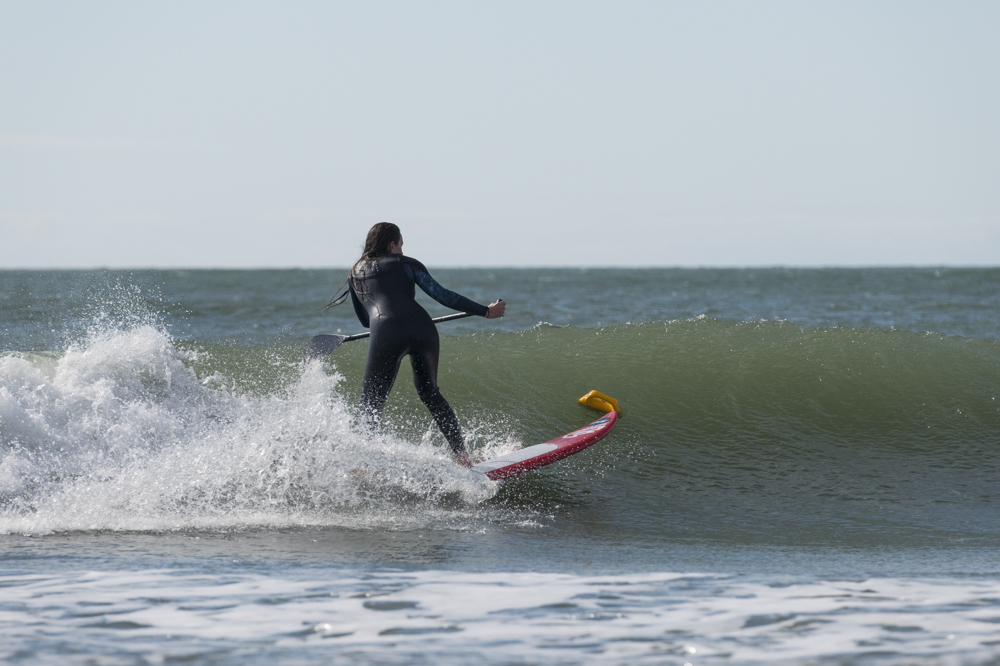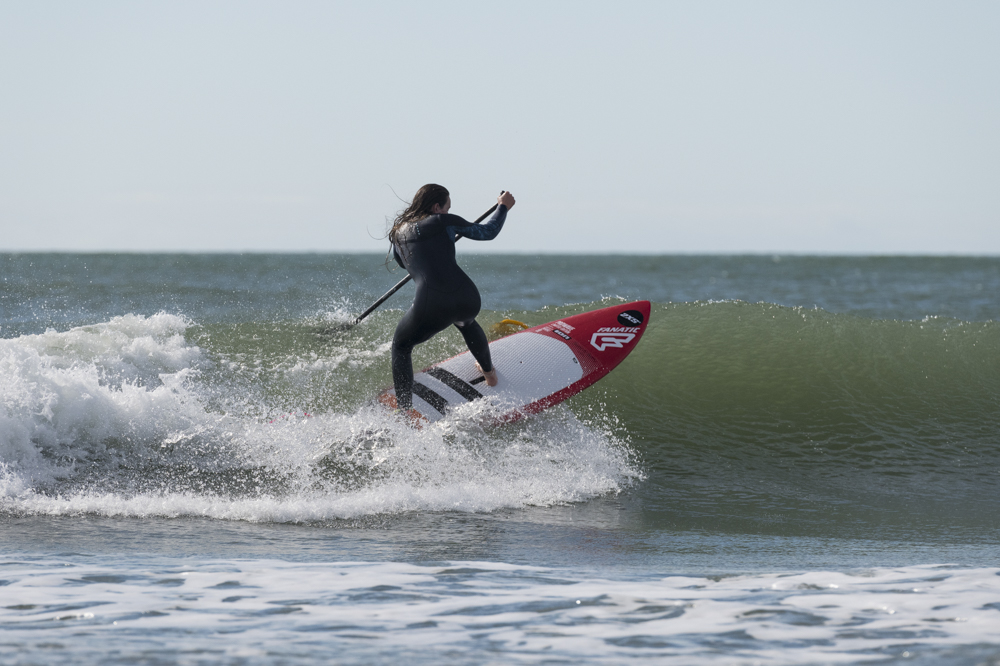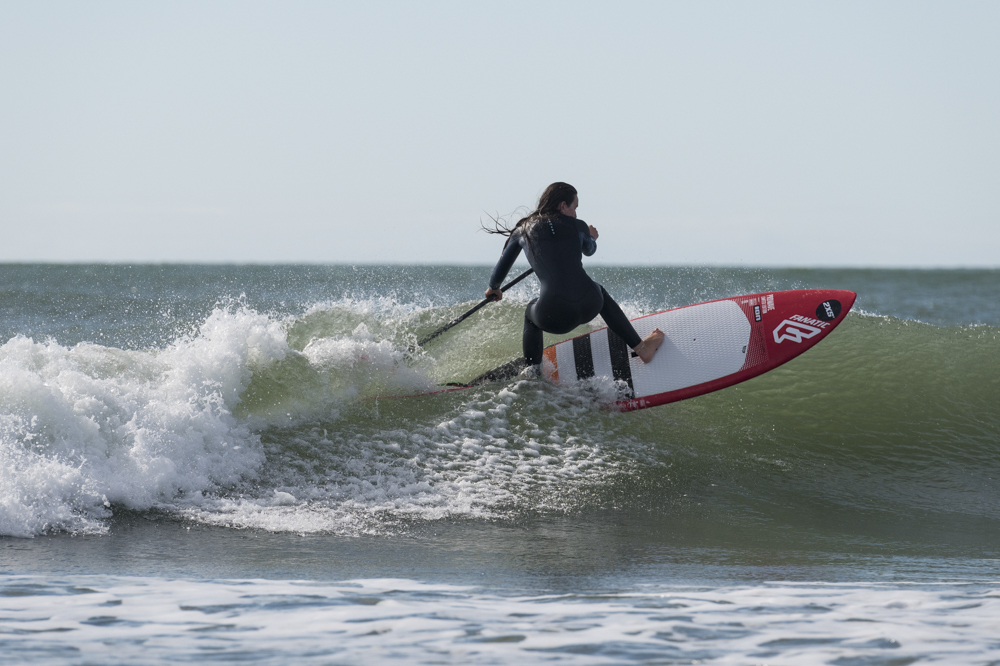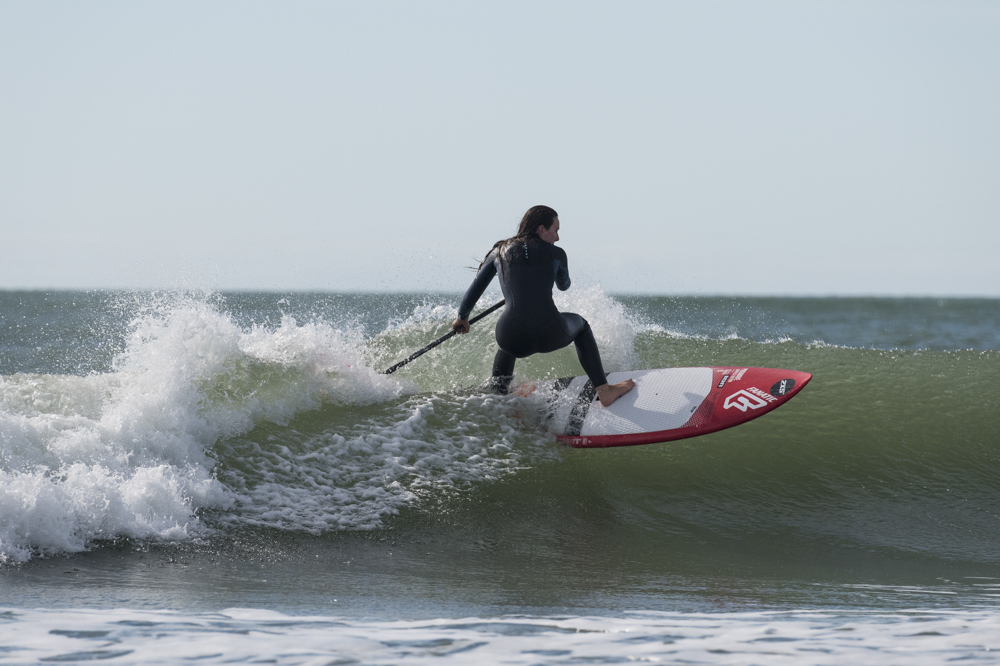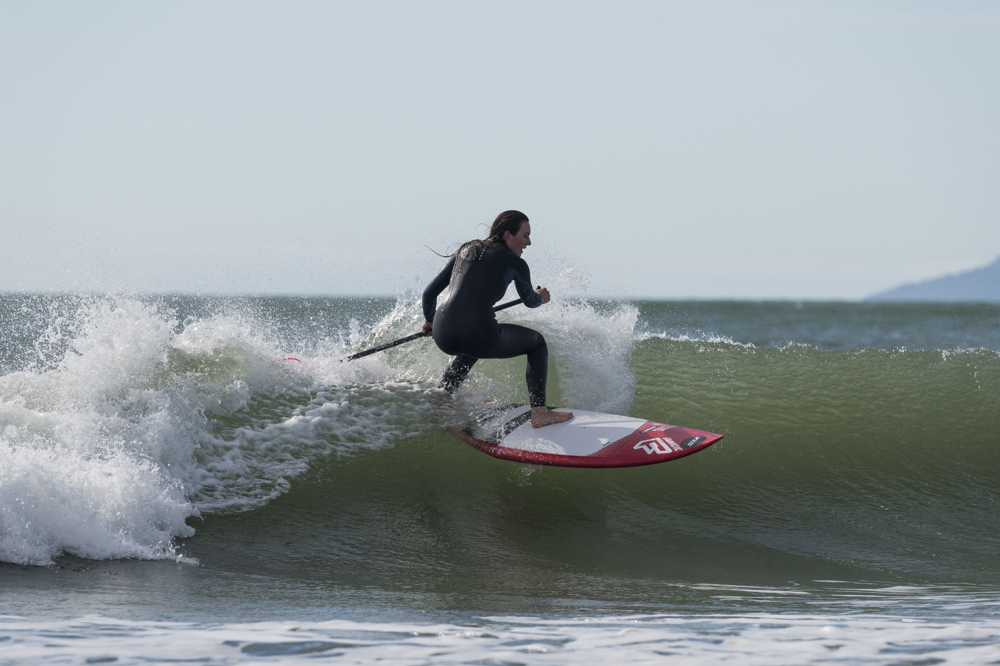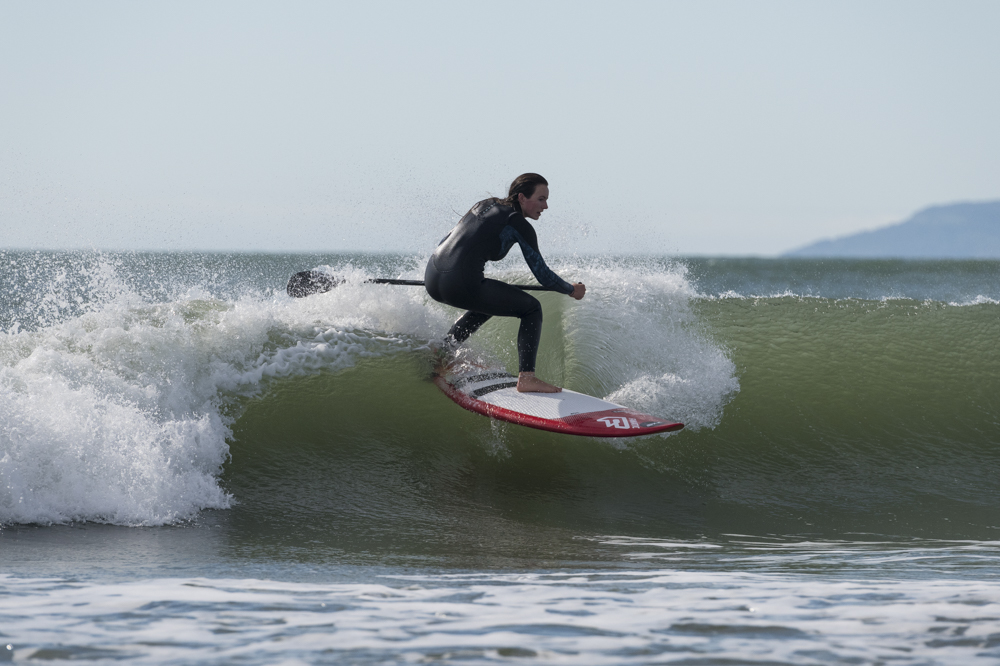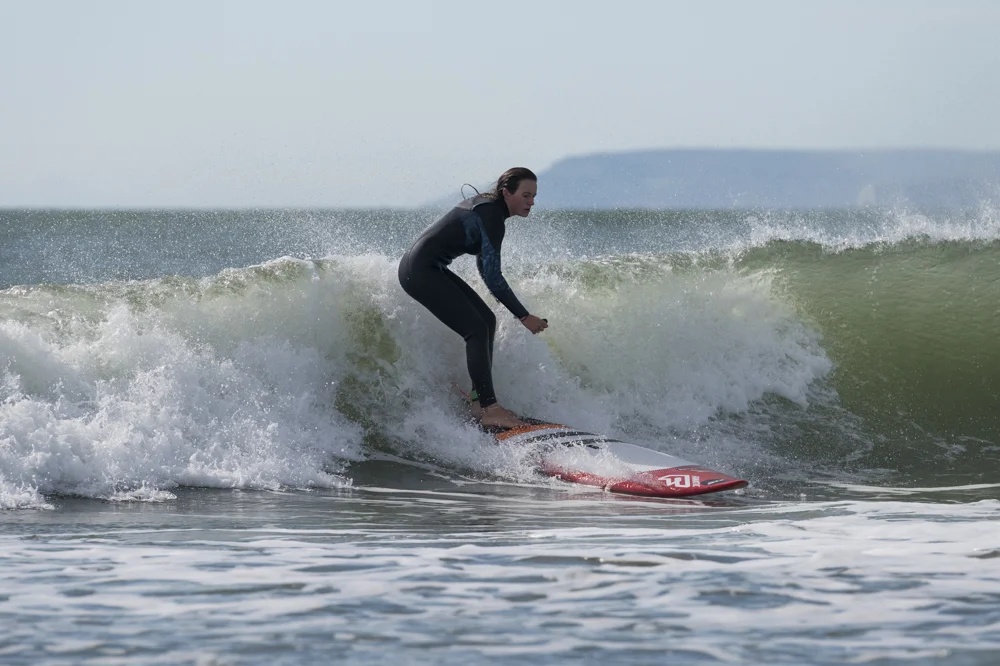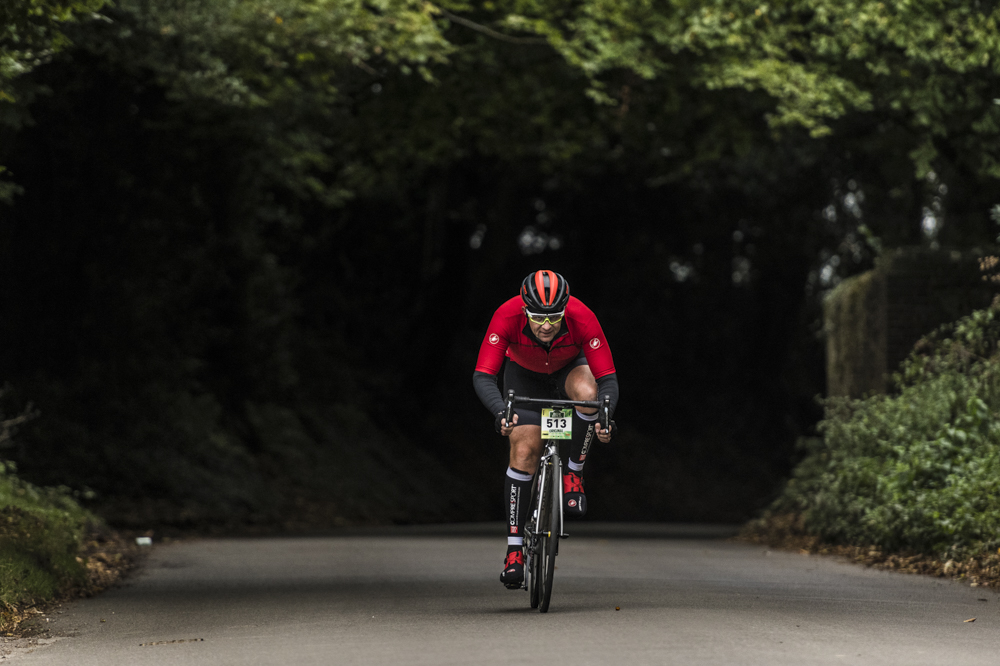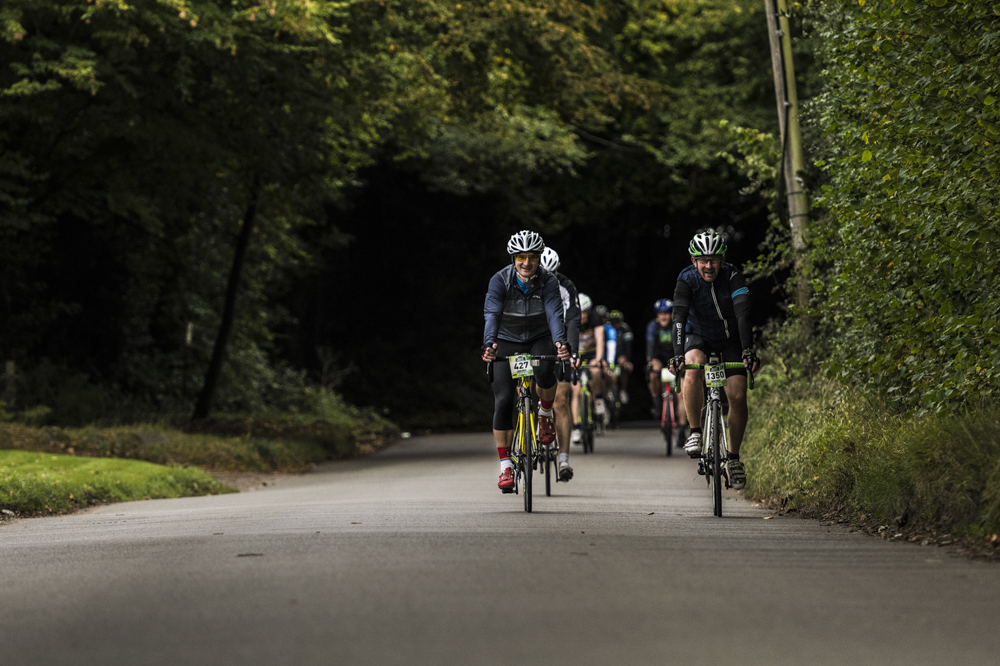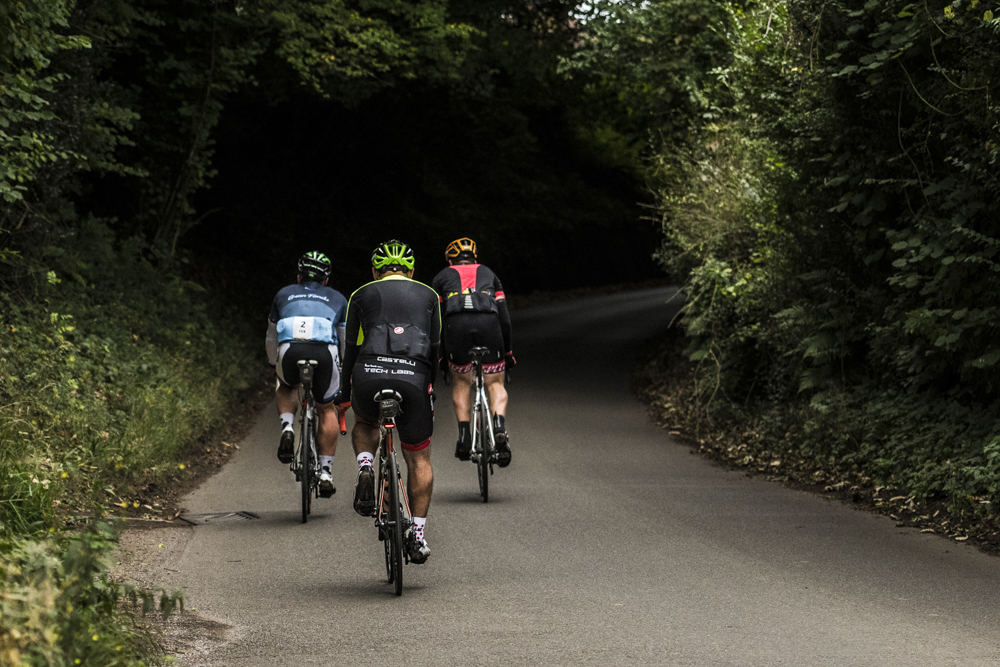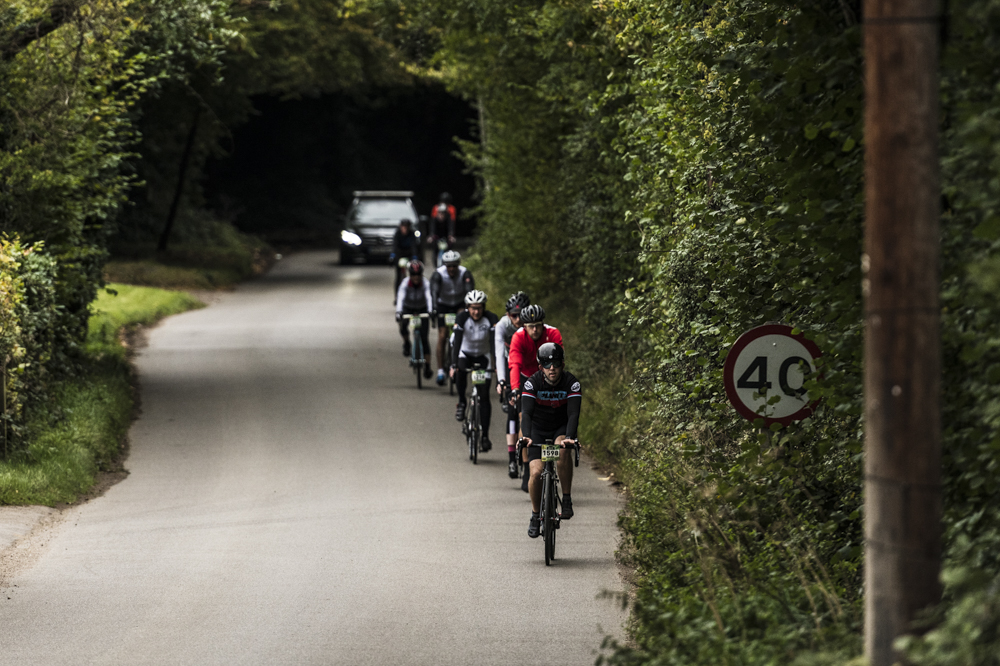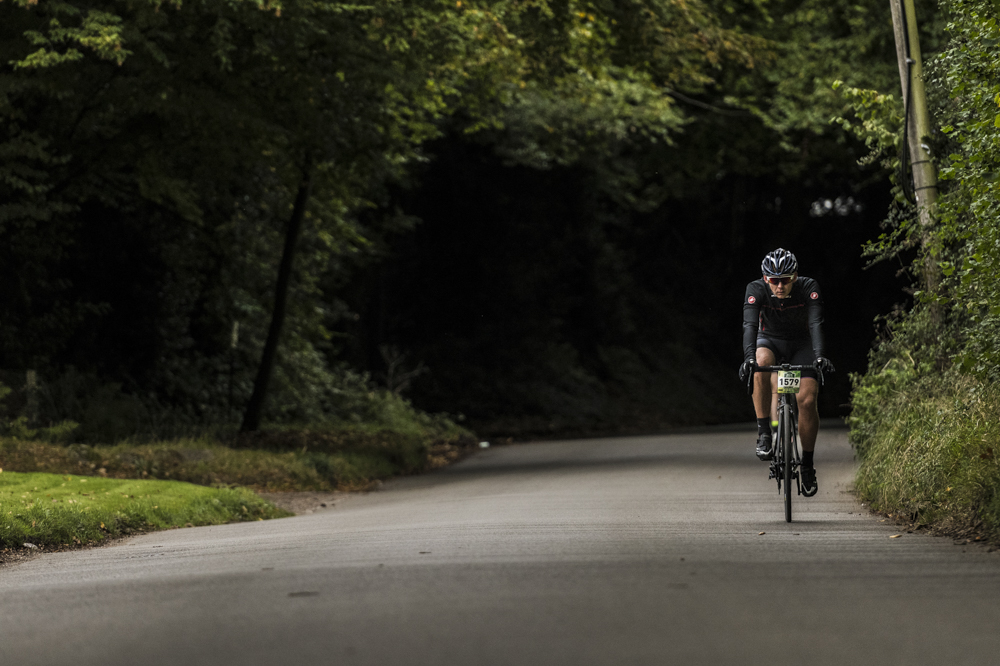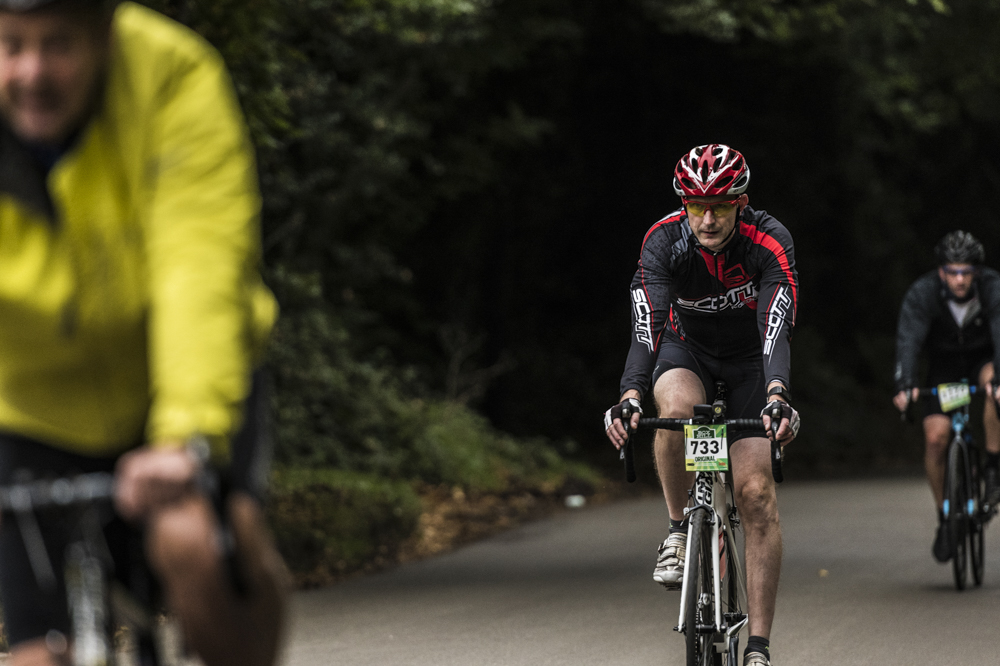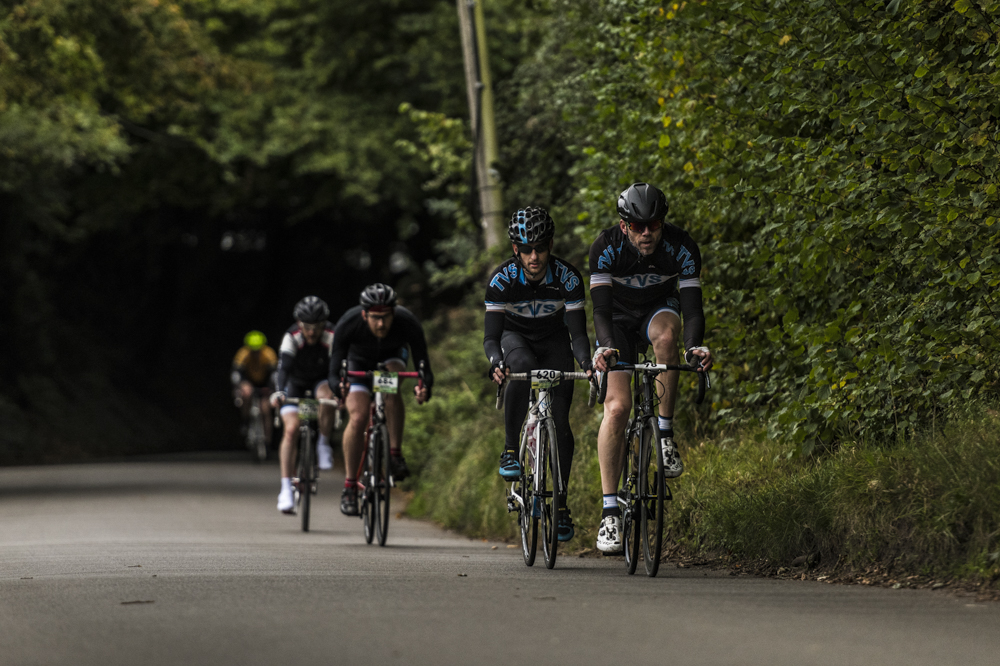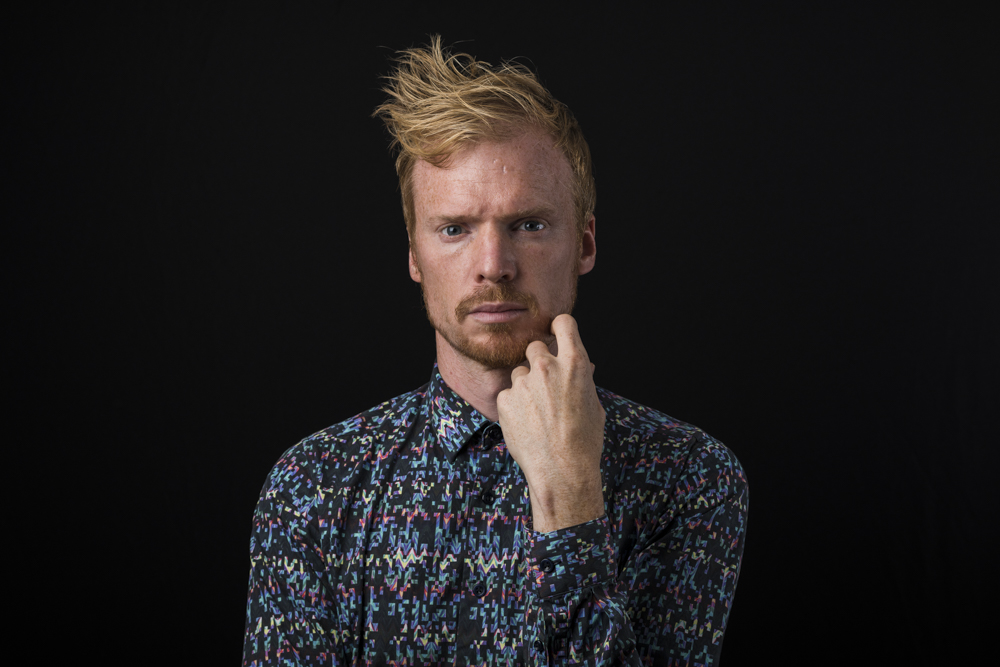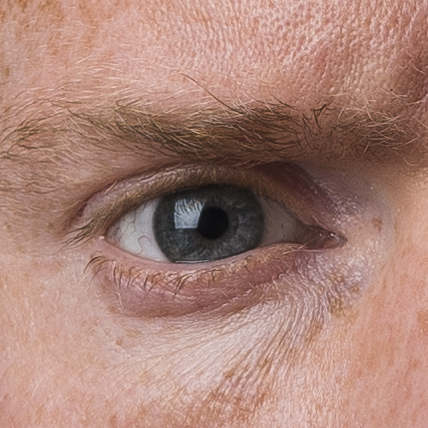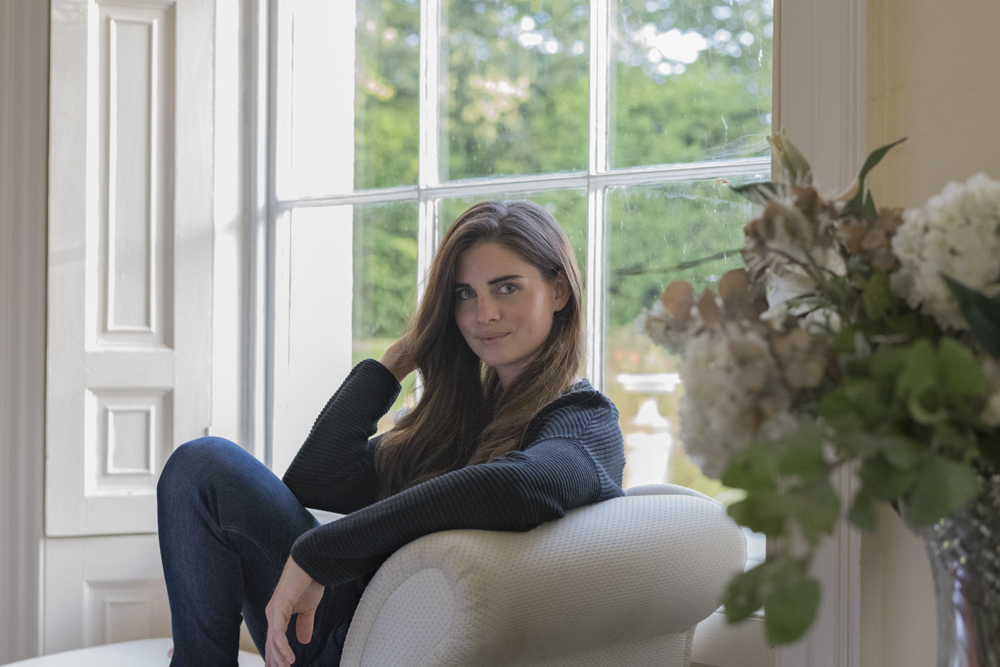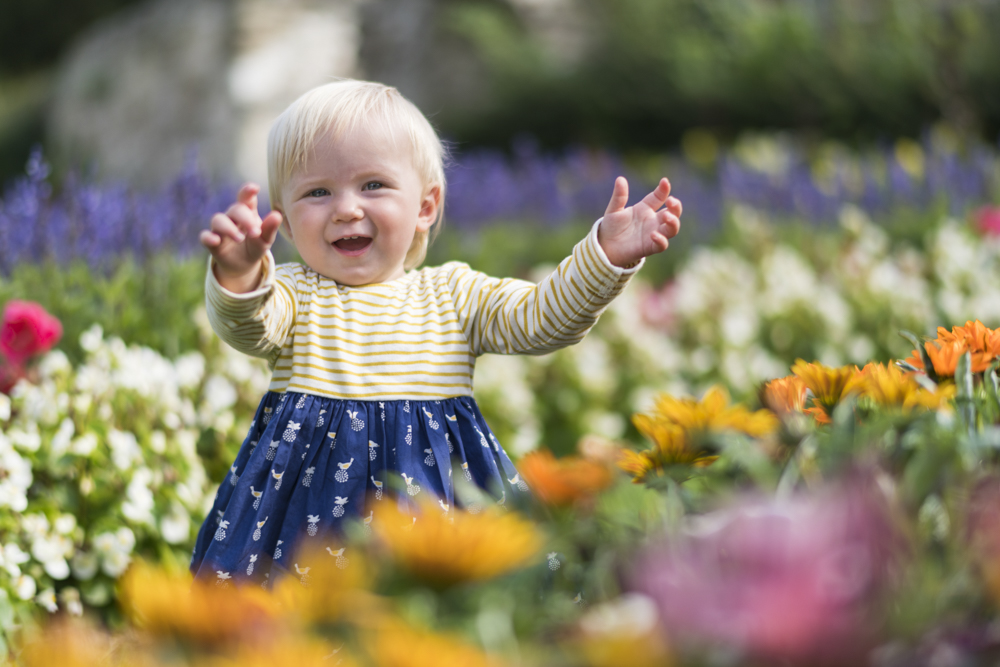Long hiatus, hey?
Between my last blog post - a review of the excellent DxO PhotoLab software - and now, I returned to Kenya with the family.
With the change in circumstances, so to comes a change in the tone and content of what I will blog about. (I do other stuff now. Plus, it’s a bit harder to get the latest kit for review here in East Africa!)
I have re-transitioned (that’s officially a word) from UK photo press to image maker and storyteller for the faith-based charity SIM. It was time again to put the kit to good use!
There’s lots to catch up on from six months in East Africa. I’ve traveled some, and worked on a few fresh stories for SIM. (Plus all the usual image making outside of work.)
SIM Stories, developing that eye and technique for video, pictures of places and people - look out for new blog posts about it all from this point forward!
New kit for the Kenya return: GH5 camera, M4T to NIkon manual lens adaptor, 20mm f/1.8 lens
Kit update
For those interested in the kit, the new videos I will share with you have been shot using the Panasonic Lumix GH5 - a camera that I picked up a few days before flying to Kenya.
In East Africa I make more videos than I do photos. The Nikon D800 isn’t quite geared for that. Put the GH5 and D800 in the kit bag together and that’s both covered, with each camera having a set purpose - happy days.
Having delayed for so long because strictly speaking I didn’t ‘need’ it, I finally took the plunge on a full-frame wide-angle lens for all those luscious landscapes I shoot with the D800. I no longer use the 12-24mm f/4 crop-format (DX) lens for landscape photography on that full-frame body, but a shiny new 20mm f/1.8 G (FX) lens. This lens ticked all the boxes for me: focal length, price, size, filter thread, maximum aperture.
Lastly, I also purchased a micro-four-thirds to Nikon manual lens adaptor, in order to access all the Nikon glass I have for use with the GH5.
What has been a pleasant surprise is just how great a pairing the GH5 and 20mm f/1.8 lens is for video. With a 2x crop factor, that’s a 40mm f/1.8 lens that is very sharp and offers great control over depth of field, albeit without stabilisation or AF.
I’ve had a little fun with the Nikon 70-200mm f/2.8 lens on the GH5 via the adaptor too - that’s a 400mm equivalent maximum reach.
The only new glass I need to consider in the future for the GH5 is that which would give me AF and stabilisation. The just announced Panasonic 10-25mm f/1.7 lens certainly has caught the eye and has jumped to the top of the wishlist.
All in all, I feel smug about how significantly I’ve improved the kit bag for video and for landscape photography, with what was a relatively modest outlay.









